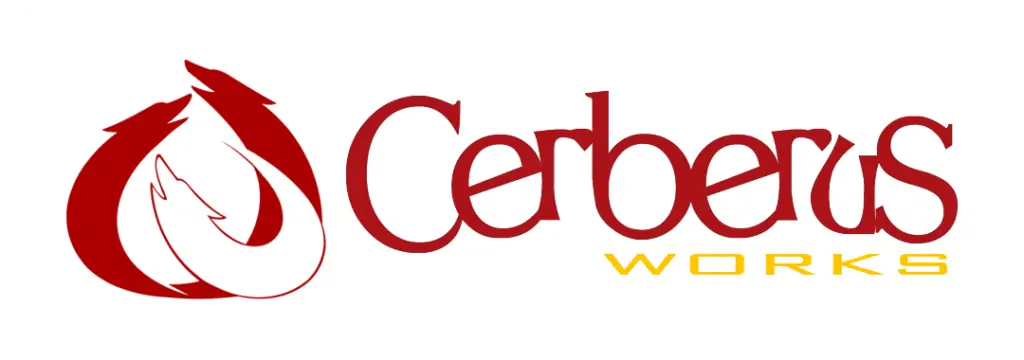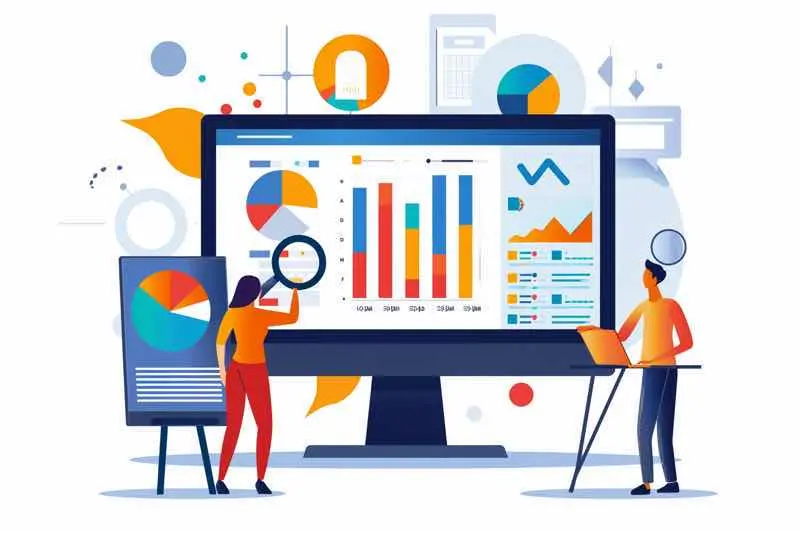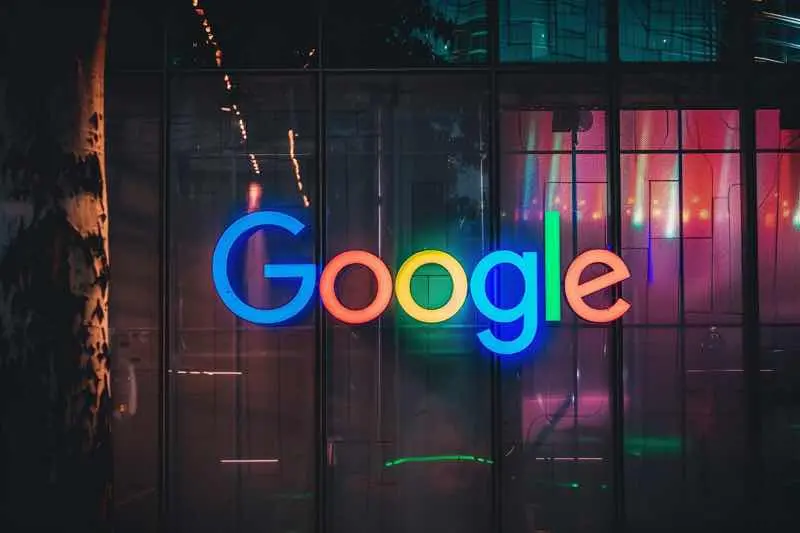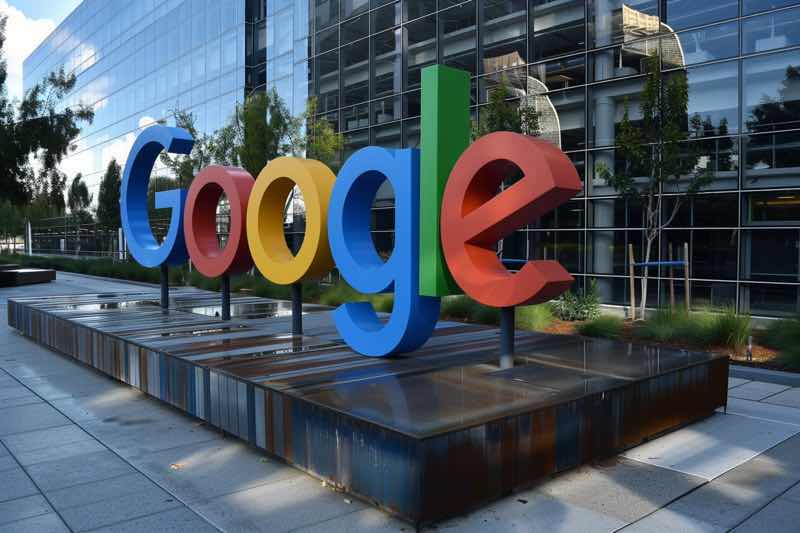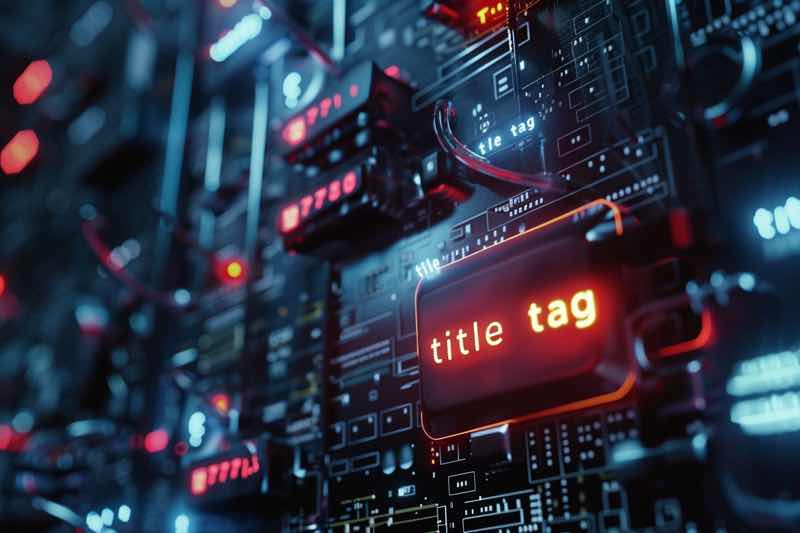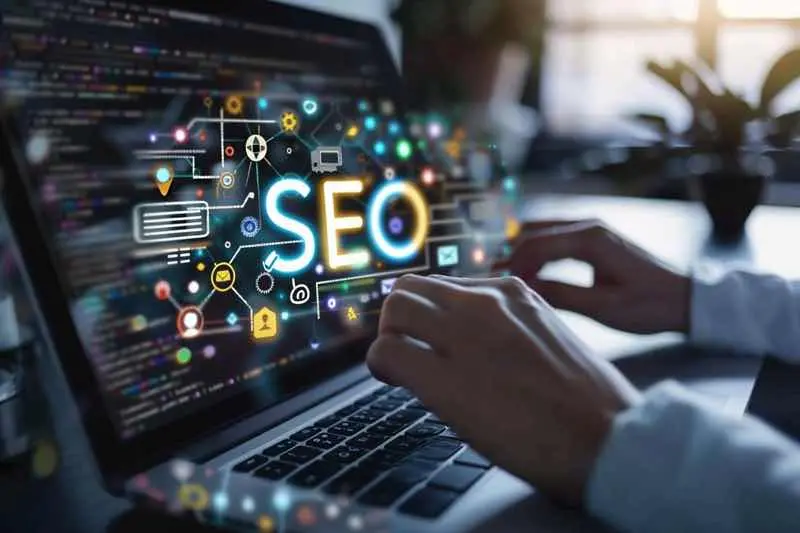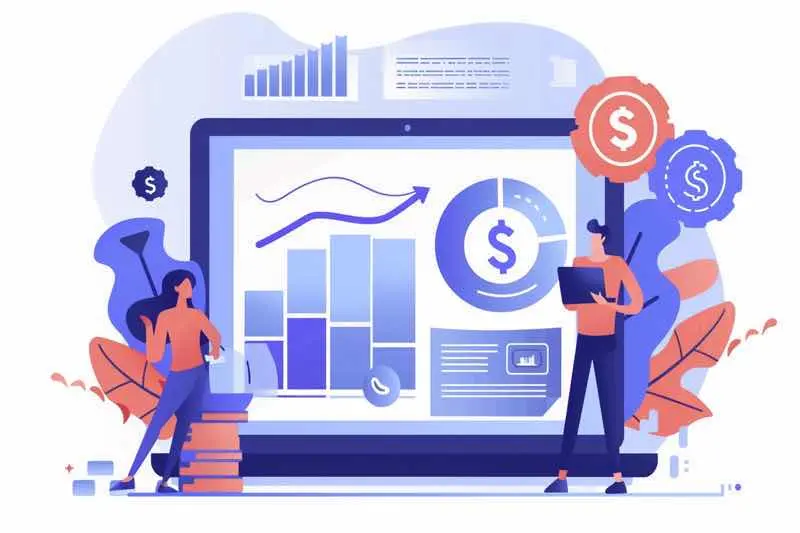In today’s digital world, understanding SEO (Search Engine Optimization) and SEM (Search Engine Marketing) is crucial for any business looking to thrive online. So, what is SEO SEM? This guide will break down these concepts in simple terms, explaining their importance and how they can work together to enhance your online presence. Whether you’re new to digital marketing or looking to improve your strategies, this comprehensive guide will provide valuable insights.
Daftar Isi
BeralihHal-hal Penting yang Dapat Dipetik
- SEO helps improve a website’s ranking in search results without paying for ads.
- SEM uses paid ads to increase visibility quickly on search engines.
- Both SEO and SEM are important for attracting visitors to a website.
- Using SEO and SEM together can lead to better overall results.
- Measuring success through analytics helps refine strategies and improve performance.
What is SEO SEM ? Introduction to SEO and SEM

Defining SEO and SEM
Search Engine Optimization (SEO) and Search Engine Marketing (SEM) are two key strategies in digital marketing. SEO focuses on improving a website’s visibility in organic search results, while SEM involves paid advertising to achieve similar goals. Both are essential for driving traffic to a website.
Importance of SEO and SEM in Digital Marketing
Understanding SEO and SEM is crucial for any business looking to succeed online. They help in:
- Increasing website visibility
- Attracting targeted traffic
- Meningkatkan pengalaman pengguna
How SEO and SEM Work Together
SEO and SEM can complement each other effectively. While SEO builds long-term organic traffic, SEM provides immediate visibility through paid ads. This combination allows businesses to maximize their online presence and reach a wider audience.
In the world of digital marketing, balancing both SEO and SEM strategies is vital for achieving optimal results.
| Strategi | Fokus | Timeframe |
|---|---|---|
| SEO | Organic traffic | Long-term |
| SEM | Paid traffic | Short-term |
By leveraging both strategies, businesses can create a robust online marketing plan that drives growth and engagement.
Key Components of SEO
Teknik SEO Pada Halaman
On-page SEO is all about optimizing the content on your website. This includes using relevant keywords, creating konten berkualitas tinggi, and ensuring that your site is user-friendly. Here are some key techniques:
- Penelitian Kata Kunci: Identify the right kata kunci that your audience is searching for.
- Content Optimization: Use these keywords naturally in your content.
- Meta Tags: Optimize title tags and meta descriptions to improve click-through rates.
Off-Page SEO Strategies
Off-page SEO focuses on building your website’s authority and reputation. This is often achieved through:
- Membangun Tautan Balik: Getting links from reputable sites to improve your site’s credibility.
- Social Media Engagement: Sharing your content on social platforms to increase visibility.
- Online Mentions: Being mentioned in articles or blogs can also boost your authority.
Technical SEO Essentials
Technical SEO ensures that your website meets the technical requirements of search engines. Key aspects include:
- Site Speed: A fast-loading site improves user experience and rankings.
- Mobile Responsiveness: Your site should work well on mobile devices.
- Secure Sockets Layer (SSL): Having an SSL certificate is crucial for security and trust.
In SEO, content serves as the vehicle for information. It provides information to the target audience, fosters engagement, and demonstrates the value of your site.
| Component | Deskripsi |
|---|---|
| On-Page SEO | Optimizing content and HTML source code |
| Off-Page SEO | Building authority through backlinks and mentions |
| SEO Teknis | Ensuring site speed, mobile-friendliness, and security |
By focusing on these key components, you can effectively improve your website’s visibility and drive organic traffic. Remember, SEO is a long-term strategy that requires ongoing effort and adjustment.
Understanding SEM Strategies
Paid Search Advertising
Paid search advertising is a key part of SEM. It allows businesses to display ads on search engines like Google. This method helps you reach potential customers quickly. Advertisers bid on kata kunci that users might search for. When someone searches for those keywords, the ads appear at the top or bottom of the search results.
Keyword Bidding and Targeting
In SEM, keyword bidding is crucial. Advertisers choose keywords and set a budget for how much they are willing to pay for each click. Here are some important points to consider:
- Choose relevant keywords that match your business.
- Set a competitive bid to increase your chances of appearing in search results.
- Target specific audiences based on location, interests, and behavior.
Ad Copy and Landing Page Optimization
Creating effective ad copy and optimizing landing pages are essential for SEM success. Here’s how:
- Write clear and engaging ad copy that highlights your product or service.
- Include a strong call to action to encourage clicks.
- Ensure your landing page is relevant to the ad and provides a good user experience.
A well-optimized landing page can significantly improve your conversion rates.
By understanding these SEM strategies, businesses can effectively use paid search to enhance their online presence and drive traffic to their websites. Combining these strategies with SEO can lead to even greater success.
SEO vs SEM: Core Differences
Organic vs Paid Search
SEO focuses on improving organic search visibility, while SEM includes both SEO and paid search advertising (PPC). This means that SEO is about getting free traffic from search engines, while SEM requires a budget to pay for ads.
Long-Term vs Short-Term Results
SEO is a long-term strategy that can take months or even years to show results. In contrast, SEM can provide immediate visibility as soon as you start a campaign. This makes SEM a great option for businesses looking for quick results.
Cost Implications
The costs associated with SEO and SEM differ significantly:
- SEO: Generally involves time and effort but can be less expensive in the long run.
- SEM: Requires ongoing financial investment for ads, which can add up quickly.
| Aspect | SEO | SEM |
|---|---|---|
| Cost | Lower long-term | Higher ongoing |
| Time to Results | Long-term (months/years) | Short-term (immediate) |
| Traffic Type | Organic (free) | Paid |
Understanding the differences between SEO and SEM is crucial for developing an effective digital marketing strategy. Each has its own strengths and can be used together for optimal results.
Measuring Success in SEO and SEM

Key Performance Indicators (KPIs)
To effectively measure success in SEO and SEM, it’s crucial to track specific metrics. Here are some important KPIs:
- Organic Traffic: The number of visitors coming from search engines.
- Rasio Klik-Tayang (CTR): The percentage of users who click on your ad or link.
- Tingkat Konversi: The percentage of visitors who complete a desired action, like making a purchase.
Analytics Tools and Techniques
Using tools like Google Analytics can help you gather data on your website’s performance. Here’s how:
- Set Up Tracking: Ensure you have tracking codes on your website.
- Monitor User Behavior: Analyze how users interact with your site.
- Adjust Strategies: Use the data to refine your SEO and SEM efforts.
Adjusting Strategies Based on Data
Data-driven decisions are key to improving your digital marketing strategies. Here are steps to follow:
- Review your KPIs regularly.
- Identify trends and patterns in user behavior.
- Make necessary adjustments to your campaigns to enhance performance.
Remember, continuous monitoring and adjustment are essential for achieving long-term success in your digital marketing efforts.
| Metric | Deskripsi | Importance |
|---|---|---|
| Organic Traffic | Visitors from search engines | Indicates SEO effectiveness |
| Rasio Klik-Tayang (CTR) | Percentage of clicks on ads or links | Measures ad effectiveness |
| Tingkat Konversi | Percentage of visitors completing actions | Shows overall campaign success |
By focusing on these metrics, you can better understand the effectiveness of your SEO and SEM strategies, ensuring that your digital marketing efforts yield the best possible results.
Common Challenges and Solutions

Overcoming SEO Obstacles
SEO can be tricky. Here are some common challenges:
- Keeping up with algorithm changes: Search engines update their algorithms often, which can affect your rankings.
- Keyword competition: Many businesses are vying for the same keywords, making it hard to stand out.
- Content quality: Producing high-quality content consistently is essential but can be difficult.
To overcome these challenges, consider:
- Staying updated with SEO news.
- Using tools to analyze keyword performance.
- Focusing on creating valuable content for your audience.
Navigating SEM Pitfalls
SEM also has its challenges. Here are a few:
- Budget management: It’s easy to overspend on ads without seeing results.
- Ad relevance: If your ads don’t match user intent, you may waste money.
- Tracking performance: Understanding which ads work best can be complex.
To navigate these pitfalls:
- Set clear budgets and goals for your campaigns.
- Use targeted keywords to improve ad relevance.
- Regularly review analytics to adjust your strategies.
Balancing SEO and SEM Efforts
Finding the right balance between SEO and SEM can be tough. Here are some tips:
- Integrate strategies: Use insights from SEM to inform your SEO efforts.
- Long-term vs short-term: Remember that SEO is a long-term strategy, while SEM can provide immediate results.
- Memantau kinerja: Keep an eye on both channels to see what works best for your business.
Balancing SEO and SEM is crucial for maximizing your online presence. Both strategies can complement each other to drive traffic and conversions effectively.
| Tantangan | Solution |
|---|---|
| SEO Algorithm Changes | Stay updated with SEO news |
| Keyword Competition | Use tools for keyword analysis |
| Kualitas Konten | Focus on valuable content |
| Budget Management | Set clear budgets and goals |
| Ad Relevance | Use targeted keywords |
| Tracking Performance | Regularly review analytics |
Future Trends in SEO and SEM

AI and Machine Learning in SEO
The future of SEO is heavily influenced by AI and machine learning. These technologies help in understanding keyword intent better, allowing marketers to create more relevant content. As search engines evolve, they will increasingly rely on AI to deliver personalized search results. This means that businesses must adapt their strategies to stay competitive.
The Evolution of SEM Platforms
SEM platforms are also changing rapidly. Advertisers are now focusing on more sophisticated targeting options. This includes using data analytics to refine their campaigns. As a result, businesses can expect to see better ROI from their SEM efforts. Here are some key trends:
- Increased use of automation in ad management.
- Enhanced targeting based on user behavior.
- Integration of social media advertising with SEM strategies.
Predicted Changes in Search Algorithms
Search algorithms are expected to become more complex. This will require marketers to stay updated on the latest changes. Here are some anticipated shifts:
- Greater emphasis on user experience and engagement metrics.
- More focus on mobile optimization as mobile searches continue to rise.
- Increased importance of local SEO as consumers seek nearby services.
The landscape of digital marketing is always changing. Businesses that embrace these trends will likely see improved engagement and conversions.
In conclusion, understanding these future trends in SEO and SEM is crucial for any business looking to thrive in the digital space. By leveraging AI, adapting to new SEM platforms, and staying ahead of algorithm changes, companies can enhance their online presence and drive more traffic to their sites.
As we look ahead, the world of SEO and SEM is changing fast. Businesses need to stay updated to keep their online presence strong. If you want to learn more about how to adapt to these changes, visit our website today! Let’s work together to make your business shine online!
Kesimpulan
In summary, understanding SEO and SEM is vital for anyone looking to succeed in digital marketing. SEO helps improve your website’s visibility in search results without paying for ads, while SEM allows you to quickly reach potential customers through paid ads. Both strategies have their strengths and can work together to boost your online presence. By using the right keywords and creating valuable content, you can attract more visitors to your site. Remember, the digital world is always changing, so staying updated and flexible is key to achieving success. Whether you’re just starting or have experience, mastering these strategies will help your business grow.
Pertanyaan yang Sering Diajukan
What does SEO stand for?
SEO means Search Engine Optimization. It’s a way to make your website show up higher in search results.
How does SEM differ from SEO?
SEM, or Search Engine Marketing, uses paid ads to boost visibility, while SEO focuses on organic search results.
Why is SEO important for businesses?
SEO helps businesses attract more visitors to their websites without paying for ads, leading to more potential customers.
Can I use SEO and SEM together?
Yes! Using both can help improve your online presence and reach more people.
What are some common SEO techniques?
Common techniques include using relevant keywords, creating quality content, and improving website speed.
Bagaimana cara mengukur keberhasilan upaya SEO saya?
You can track website traffic, search rankings, and user engagement to see how well your SEO is working.

